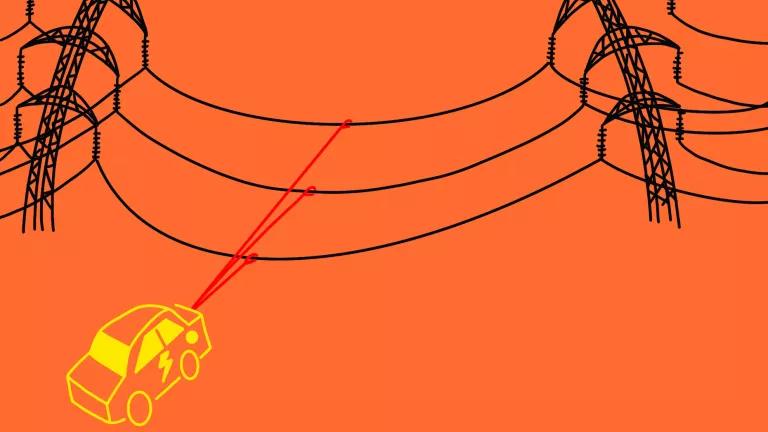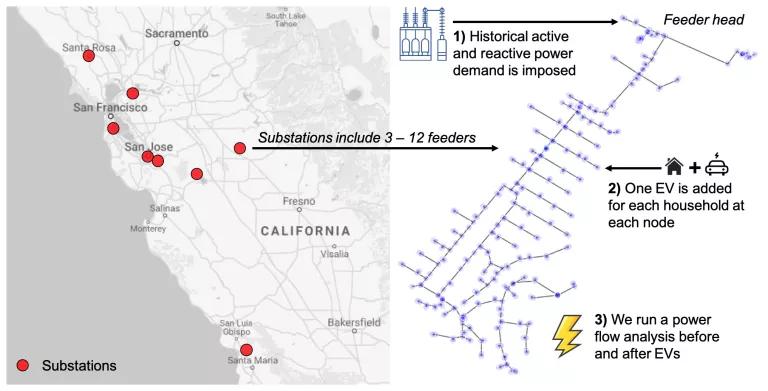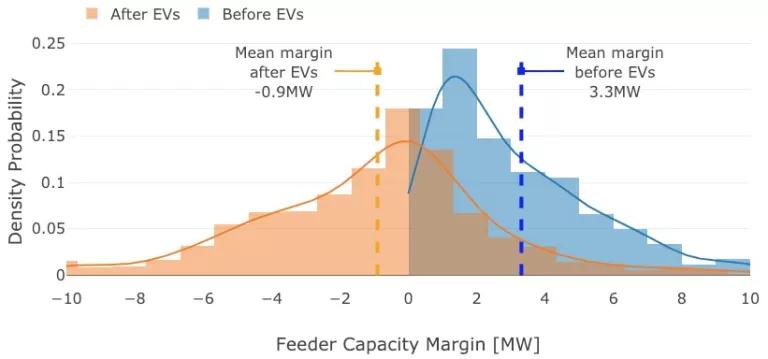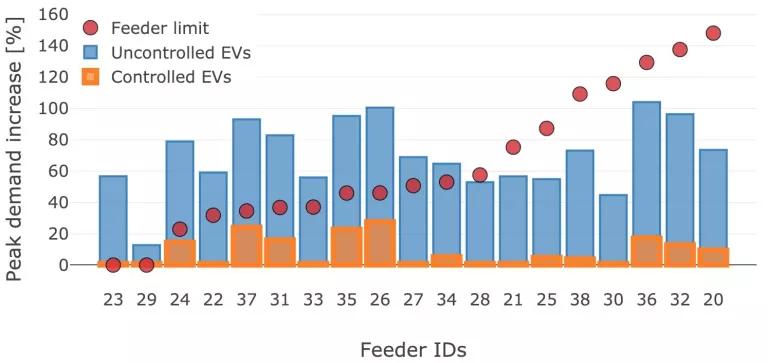Steering EV Integration Forward
Can our grid handle every home having an electric vehicle? The answer is a resounding yes, and the results will be cleaner air and lower prices for California customers.

Jessica Russo
Electrifying transportation is key to cutting emissions as well as meeting our climate and air quality goals However, a looming question for utilities and policy makers is: “Can our grid handle every home having an electric vehicle?” A recent study I coauthored with researchers at Lawrence Berkeley National Lab (LBNL) and Pacific Gas and Electric (PG&E) shows that the grid can handle such an uptick in electric vehicles—we just need to do be smart about it.
We’ve previously presented data from California’s three investor-owned utilities that show that the current electric load growth resulting from electric vehicles (EVs) is in fact not crashing the grid. However, the number of vehicles is increasing quickly as the state pursues its target of 5 million EVs by 2030, a marked increased from the 500,000 EVs on the road as of 2018. With the average daily charging demand of an EV being equivalent to that of household consumption, households adopting EVs could double the load on the grid in some regions.
The peer-reviewed study used real-world data on the distribution grid and EVs to simulate what would happen if all households were driving an EV in a residential region of Northern California.

(a) The locations of the substations used in this analysis. (b) An example of grid topology and the main steps of the methodology.
Analysis was done on 39 representative feeders, a feeder being the power lines which transmit power from the substation to distribution panels, to evaluate impact on feeder capacity (can the line handle that much more power flow) and power quality. These results were expanded to cover the entire San Francisco Bay area. It was found that when car charging is not managed, charging directly upon arrival home or at work:
- 60 percent of the feeders in the San Francisco Bay area would reach or exceed their maximum loading limit and therefore would not be able to supply power if all houses adopted an EV;
- The average amount of capacity shortage for lines with 100 percent EVs is 900kW which is some cases means these feeders would need to double in size.

Feeder capacity margin in MW for 1054 feeders in the San Francisco Bay area before EVs (blue) and after EVs (orange) are added.
This analysis shows that some areas could present a heightened challenge for utilities to meet load demand coming from an increased penetration of EVs. In order to meet this capacity challenge, utilities have three options:
- Paying for expensive grid reinforcement to increase the capacity of feeders;
- Deploying local storage at impacted feeders;
- Shifting EV charging load to off-peak times.
The first two options, grid reinforcements and locational storage, come with high price tags and would mean higher rates for customers. Alternatively, if even just 30 percent of EVs shift charging to off-peak times, only 15 percent of the feeders in the San Francisco Bay area would need to be upgraded—reducing the number of affected feeders by a factor of four. This results in huge savings to the utility and the customer.

This study demonstrates that we can reach high EV penetration without straining our grid, and at a fraction of the cost, by implementing smart grid integration strategies. Programs such as opt-out time-of-use rates and local dynamic price signals would promote the shifting of charging to off-peak hours, and are key to meeting our clean transportation goals without breaking the bank or sacrificing grid quality.
So, back to the question: “Can our grid handle every home having an electric vehicle?” The answer is a resounding yes, and the results will be cleaner air and lower prices for California customers.



